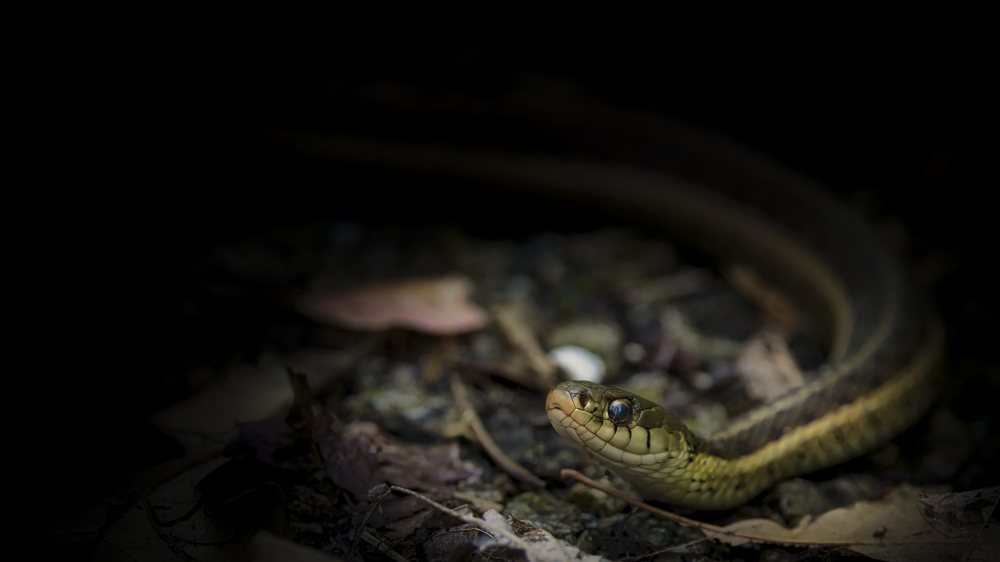
Eastern Mockingbird
(Mimus polyglottos)
The Eastern Mockingbird, scientifically known as Mimus polyglottos, is a species of bird that belongs to the Mimidae family. It is native to North America and is particularly prevalent in the eastern and southern regions of the United States. The mockingbird is known for its remarkable vocal abilities and its ability to mimic the sounds of other birds and various environmental noises.
Key Features and Characteristics
- Appearance: Eastern Mockingbirds have a medium-sized body with a length of about 8-10 inches (20-25 cm). They have a slender build with long legs and a long tail. The plumage is predominantly gray, with lighter underparts and white patches on the wings. They have prominent white patches on their tail feathers, which are usually displayed during flight or when they are excited.
- Vocalization: The mockingbird is renowned for its diverse and complex songs. It has the ability to imitate the sounds of other birds, such as the calls of cardinals, jays, or robins, and even non-bird sounds like car alarms or sirens. Mockingbirds are known to incorporate these imitations into their repertoire, combining them in unique sequences. They often sing at night, particularly during the breeding season.
- Behavior: Eastern Mockingbirds are highly territorial and will vigorously defend their nesting area and food sources. They are often seen perched on high branches or open areas, where they can showcase their songs and keep a watchful eye on their surroundings. They have a bold and aggressive demeanor, often chasing away intruders or other birds that encroach upon their territory.
- Diet: Mockingbirds have an omnivorous diet. While they primarily feed on insects, such as beetles, ants, grasshoppers, and caterpillars, they also consume fruits, berries, and occasionally small reptiles or amphibians. They are known to forage on the ground or in shrubs, using their long bill to probe for insects or snatch flying insects in mid-air.
- Breeding: Eastern Mockingbirds are monogamous during the breeding season. The male performs elaborate courtship displays to attract a mate. They build cup-shaped nests in trees or shrubs, typically located a few feet above the ground. The female lays 3-6 eggs, which are pale blue or greenish-blue in color, and both parents take turns incubating the eggs. After around 11-14 days, the eggs hatch, and the parents feed and care for the chicks until they fledge, which usually occurs after 11-15 days.
The Eastern Mockingbird is not only beloved for its beautiful and varied songs but also for its adaptability and resilience in urban and suburban environments. It is considered the state bird of five U.S. states: Arkansas, Florida, Mississippi, Tennessee, and Texas.
